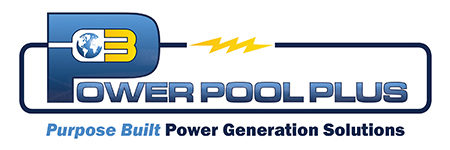How to Avoid Port Congestion?
Photo Credits: Michael Neelon/Alamy; Columbia Group
Recent port expansion projects around the world are a sign of the competitiveness to attract some of the newest and biggest container ships. What has been slower to keep pace is the supporting infrastructure in surrounding areas. Roadways leading in and out of terminal gates are creating truck traffic gridlock at many ports. Sensitive refrigerated cargo is at risk if not moved quickly.
As more and more port operators are turning to alternative methods for moving their cargo off terminal, barge service has become much more viable. Utilizing existing waterways, barges offer the ability to bypass this congestion by moving cargo from the main port to areas more easily accessible to trucking and rail.
This is especially important for refrigerated cargo where timing is critical.
Yet moving reefer by unmanned and unpowered barge can present a host of challenges for the reefer cargo operator.
Power challenges for the barge operator
- Conformity of reefer diesel generators, or power packs, to the business of container handling. The greater its design fits into the regular operation the faster barge loading and unloading can occur.
- Long transit times without the ability to refuel can present a major barrier to the barge operator.
- Limited space; tightly packed containers on barges leave little room for diesel powered generators to breathe.
- Proximity to salt air and water environments, especially during heavy seas, can be problematic for mechanical equipment.
- Generator failure while in transit is a recognized concern to maintaining operational success for the reefer barge operator.
Power Pool Plus has been addressing these challenges for nearly 30 years by engineering and building power pack designs that are Purpose Built to deliver a reliable and continuous reefer power supply over multiple days of unmanned overseas transit.
